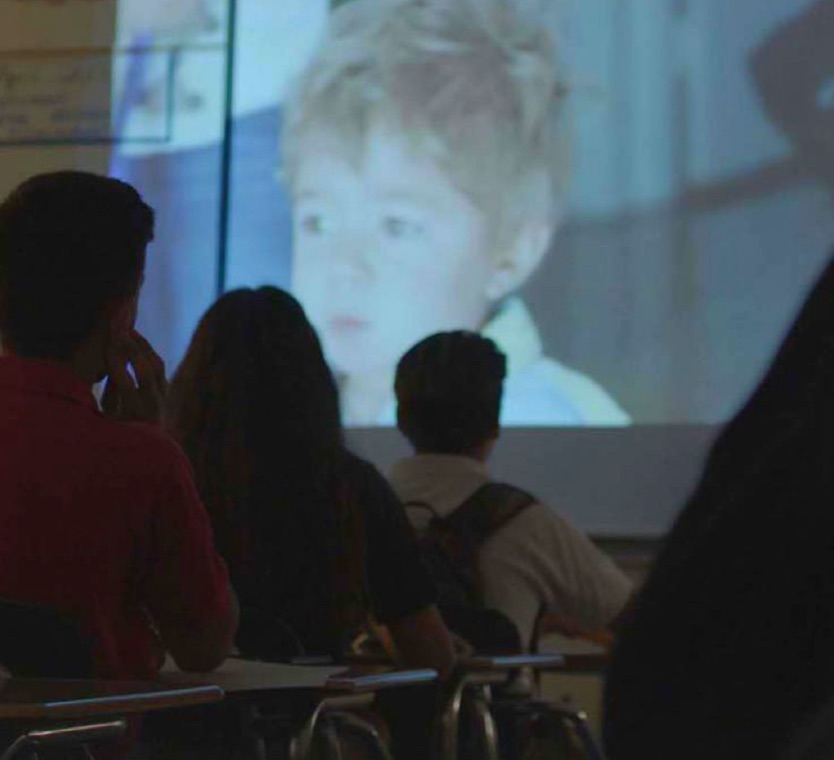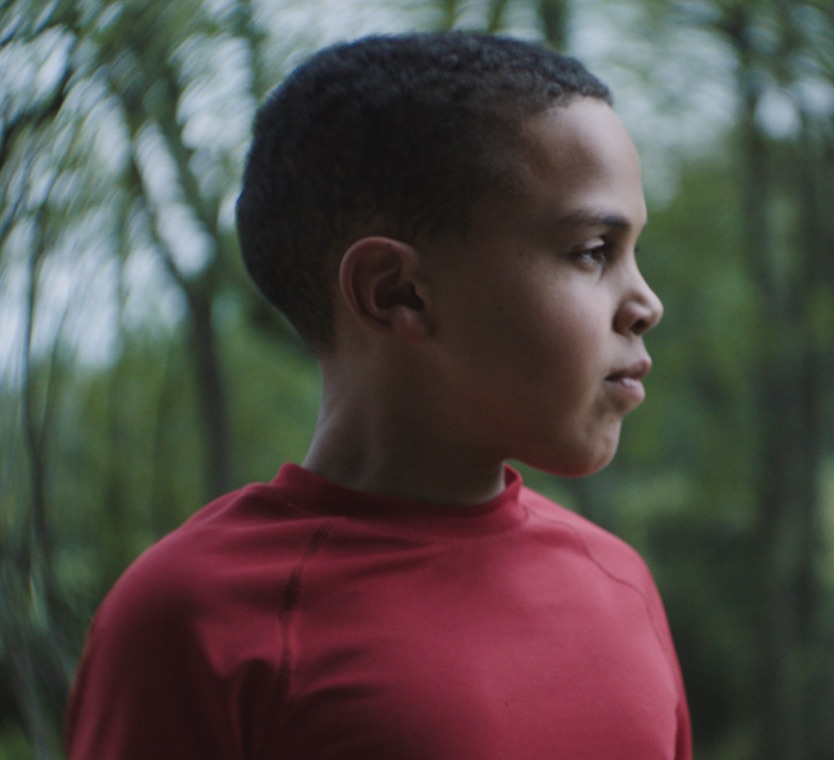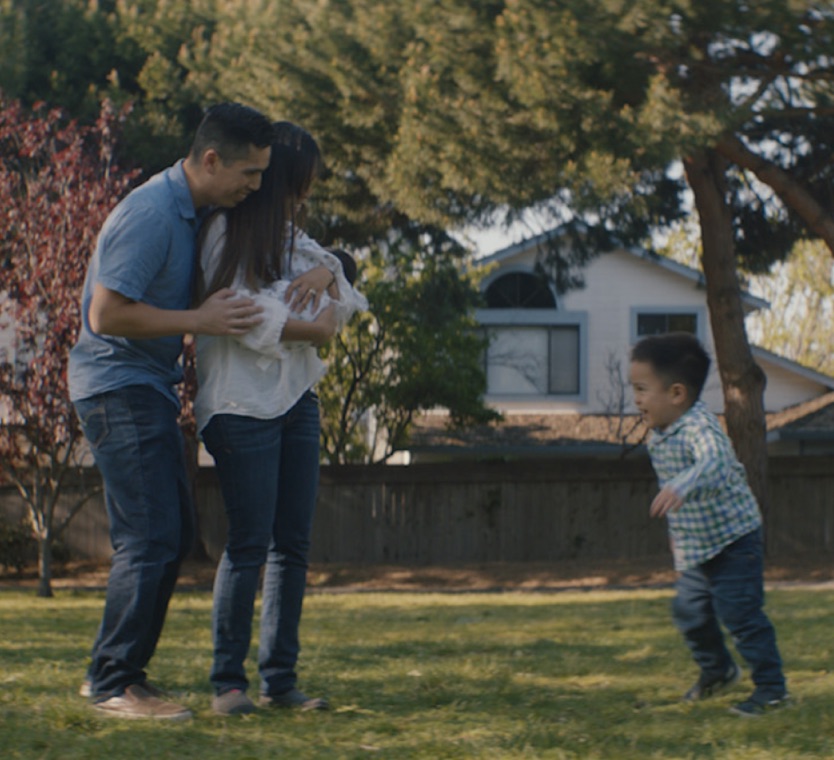Recognizing Hunter syndrome
Signs and Symptoms
Learn about how Hunter syndrome presents itself and the signs and symptoms that are commonly seen through those effected by the condition.

Recognizing Hunter Syndrome: Signs & Symptoms
Early Indicators (Typically Between Ages 2–4)
Initial signs are often subtle and may resemble common childhood ailments:
- Frequent ear infections
- Persistent runny nose or colds
- Enlarged tonsils and adenoids
- Abdominal hernias
These symptoms may not immediately suggest Hunter syndrome but can be early indicators, especially when occurring together.
Neurological & Cognitive Symptoms
In more severe cases, neurological involvement may lead to:
- Developmental delays
- Behavioral issues (e.g., hyperactivity, aggression)
- Cognitive decline
- Seizures
These symptoms typically emerge between ages 2 and 5 and may progress over time.
Physical Characteristics
Children with Hunter syndrome may develop distinctive physical features, including:
- Coarse facial features
- Enlarged head (macrocephaly)
- Broad nose and thick lips
- Enlarged tongue (macroglossia)
- Short stature
These features become more pronounced as the disease progresses.
Respiratory & Cardiovascular Issues
Accumulation of glycosaminoglycans (GAGs) can affect vital organs:
- Sleep apnea and breathing difficulties
- Frequent respiratory infections
- Heart valve abnormalities
- Enlarged liver and spleen (hepatosplenomegaly)
These complications can significantly impact quality of life and require medical attention.
Musculoskeletal Symptoms
Skeletal and joint issues are common:
- Joint stiffness and limited mobility
- Carpal tunnel syndrome
- Spinal cord compression
- Abnormal bone development
These symptoms can lead to decreased physical function over time.
our promise to the community
A Message of Hope
While a Hunter syndrome diagnosis can feel overwhelming, you are not alone — and there is hope. Research is advancing rapidly, and new therapies are on the horizon that aim to treat not just the physical symptoms, but also the neurological impact of the disease. Several potential treatments are already in the final stages of review or active clinical trials, including gene therapy and next-generation enzyme replacement therapies.
Project Alive is here to walk with you — to connect you with resources, guide you through options, and remind you that there is a strong, supportive community beside you. The journey is hard, but together, we are building a future with more answers, more support, and more hope.
This season of giving,
GIVE THE GIFT OF HOPE
Hunter syndrome steals childhoods.
But together, we can give these children...
Time, hope, and a future they deserve.
During this season of giving, give a child a chance to grow up.






